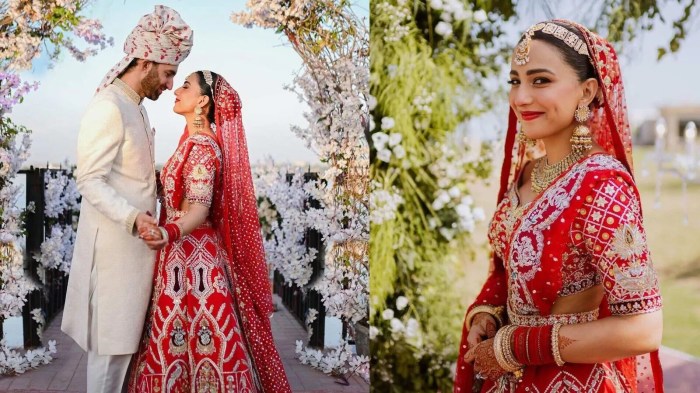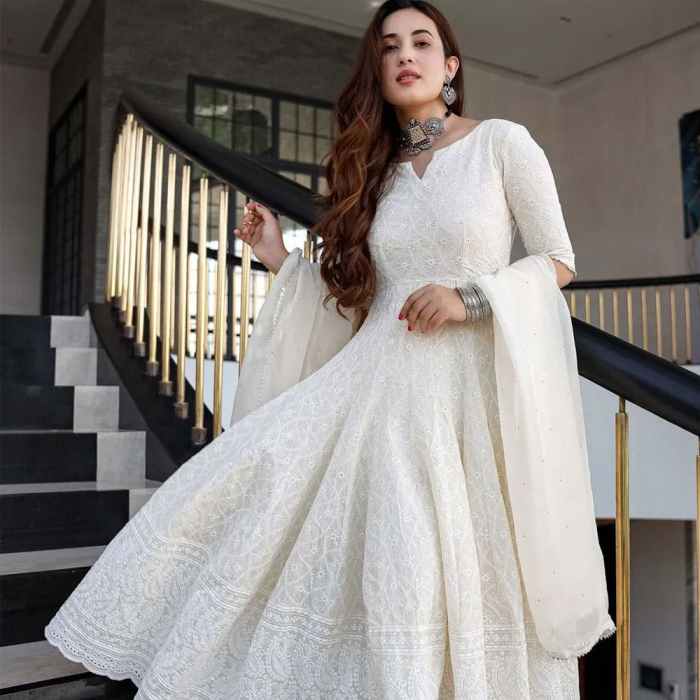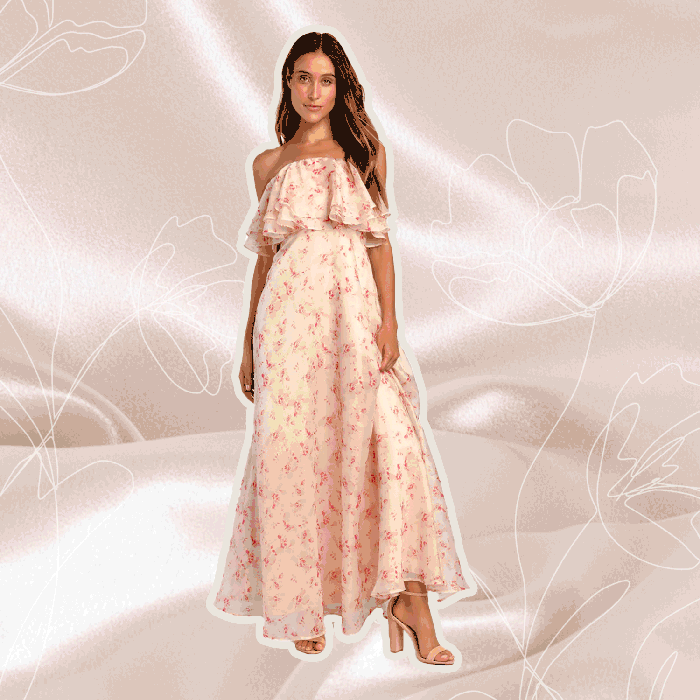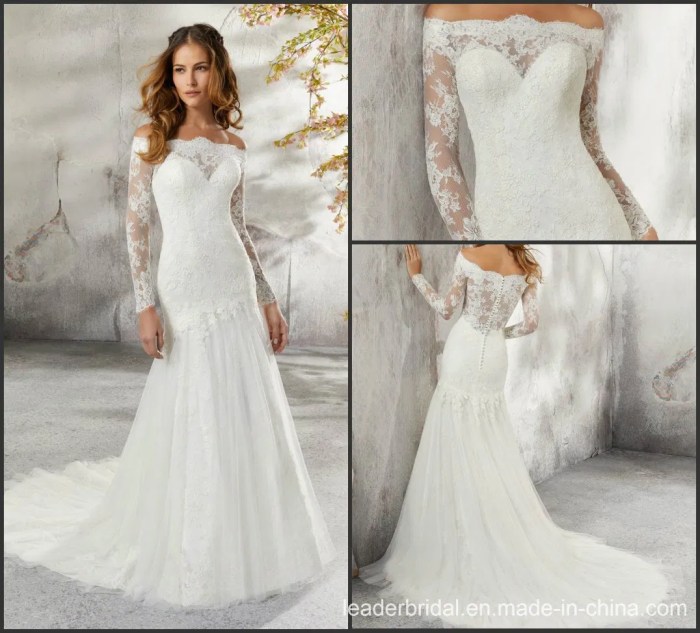A Historical Journey Through Indian and Pakistani Wedding Attire: Indian And Pakistani Wedding Dresses
Indian and pakistani wedding dresses – The vibrant tapestry of Indian and Pakistani wedding attire reflects centuries of cultural evolution, blending tradition with modern aesthetics. This exploration delves into the historical development, regional variations, and contemporary interpretations of these stunning garments, showcasing the rich heritage and artistry embedded within them.
Historical Evolution of Indian and Pakistani Wedding Attire
The evolution of wedding attire in India and Pakistan is a captivating narrative mirroring societal shifts and artistic influences. From the understated elegance of past eras to the opulent designs of today, the garments tell a story of changing times and enduring cultural pride. Regional differences, shaped by geography, climate, and local traditions, have created a diverse spectrum of styles.
| Era | Region | Bridal Attire | Groom’s Attire |
|---|---|---|---|
| Pre-Independence Era (Pre-1947) | North India | Elaborate ghagras, often in rich silks and brocades, adorned with heavy embroidery. | Sherwanis in muted colors, often paired with churidars. |
| Post-Independence Era (Post-1947) | South India | Kanjeevaram silk sarees, characterized by their intricate weaving and vibrant colors. | Dhotis and kurtas in lighter fabrics, often with simple embellishments. |
| 1960s-1980s | Pakistan | Shararas and ghararas in bright hues, often paired with ornate dupattas. | Sherwanis with intricate embroidery and detailing, often in darker shades. |
| Modern Era (2000s-Present) | India & Pakistan | Lehengas with diverse embellishments, showcasing modern silhouettes and fusion designs. | Sherwanis and Jodhpuris in contemporary fabrics and colors, often incorporating Western influences. |
Regional Variations in Design and Fabrics

Source: livemint.com
The diversity of India and Pakistan is beautifully reflected in their wedding attire. Each region boasts unique styles, fabrics, and embellishments, creating a kaleidoscope of sartorial traditions. The choice of fabric, from the luxurious silk of Banaras to the intricate brocades of Gujarat, significantly impacts the overall aesthetic.
- Rajasthan: Bridal attire features heavy embroidery, mirror work, and vibrant colors; grooms wear elaborate turbans and bandhgala jackets.
- Gujarat: Known for its bandhani and leheriya techniques, bridal wear showcases intricate tie-dye patterns; grooms often opt for traditional kurtas and dhotis.
- Punjab: Characterized by bright colors and rich embroidery, bridal attire frequently includes phulkari work; grooms often wear vibrant pagris (turbans) and kurta-pyjamas.
- Bengal: Bridal sarees are often made of Banarasi silk, with intricate gold work; grooms wear traditional dhotis and kurtas.
- Sindh (Pakistan): Bridal attire frequently features heavy embroidery and mirror work, often in vibrant red and gold; grooms wear traditional shalwar kameez with intricate embroidery.
Modern Interpretations of Traditional Styles
Contemporary designers are skillfully reimagining traditional Indian and Pakistani wedding attire, creating breathtaking fusion styles that blend heritage with modern aesthetics. The influence of Western fashion is evident, yet the core elements of traditional design remain paramount.
- Outfit 1: A modern lehenga in pastel silk, featuring minimalist embroidery and a contemporary silhouette. The overall aesthetic is elegant and understated.
- Outfit 2: A fusion sharara-pantsuit, combining the traditional sharara with a structured blazer in rich brocade. This outfit offers a balance of tradition and modernity.
- Outfit 3: A groom’s sherwani in a contemporary cut, crafted from luxurious velvet with subtle embroidery. The color palette is muted, creating a sophisticated and refined look.
The Role of Jewelry and Accessories
Jewelry plays an integral role in Indian and Pakistani weddings, signifying prosperity, good fortune, and the sacred union. Each piece carries symbolic weight, reflecting regional traditions and cultural beliefs. The selection and arrangement of jewelry are crucial components of the overall bridal and groom’s look.
| Jewelry Type | Description | Regional Variations | Symbolic Meaning |
|---|---|---|---|
| Necklaces | Elaborate necklaces, often featuring precious stones and intricate designs. | Variations in length, design, and materials across regions. | Symbolizes prosperity and good fortune. |
| Bangles | Sets of bangles, often made of gold, silver, or precious stones. | Regional differences in materials, colors, and designs. | Represents marital status and blessings. |
| Earrings | Large, ornate earrings in various designs and materials. | Significant regional variations in style and embellishments. | Reflects beauty and femininity. |
| Anklets | Ornate anklets, often made of gold or silver. | Variations in design and embellishments across regions. | Symbolizes grace and feminine charm. |
Illustrative Descriptions of Key Garments, Indian and pakistani wedding dresses
Understanding the intricacies of traditional garments requires a closer look at their construction and aesthetic details. The lehenga, shalwar kameez, and sherwani represent the pinnacle of craftsmanship and cultural expression.
A traditional Indian bridal lehenga typically consists of a long, flowing skirt (lehenga), a fitted choli (blouse), and a dupatta (scarf). The fabrics used range from luxurious silks and brocades to lighter materials like georgette and chiffon. Intricate embroidery, embellishments, and zardozi work often adorn the garment, creating a rich and opulent effect. The overall impression is one of regal splendor and timeless beauty.
The Pakistani bridal shalwar kameez, a more streamlined ensemble, consists of loose-fitting trousers (shalwar) and a long tunic (kameez). While often simpler in design than the lehenga, the shalwar kameez can be equally stunning, particularly when crafted from rich fabrics and adorned with intricate embroidery. The kameez often features elaborate neckline designs and sleeve details. The overall impression is one of graceful elegance and understated sophistication.
A groom’s sherwani, a long, fitted coat, is a statement of masculine elegance. Often made from luxurious fabrics like silk or velvet, the sherwani can feature intricate embroidery, delicate beading, or subtle embellishments. Regional variations include the addition of a Nehru collar or different sleeve lengths. The overall impression is one of refined sophistication and classic style.
Clarifying Questions
What is the average cost of an Indian or Pakistani wedding dress?
The cost varies greatly depending on the fabric, embellishments, designer, and region. Prices can range from a few hundred dollars to tens of thousands.
How long does it typically take to create a custom-made wedding dress?
The timeframe depends on the complexity of the design and the designer’s workload, but it can range from several weeks to several months.
Where can I find reputable designers or tailors for these dresses?
Many reputable designers and tailors can be found both locally in South Asian communities and online. Researching reviews and portfolios is recommended.
Are there specific etiquette rules regarding wearing these dresses outside of weddings?
While traditionally worn for weddings, these dresses can be worn for other formal occasions, though it’s generally considered respectful to avoid wearing the most ornate versions for everyday events.



